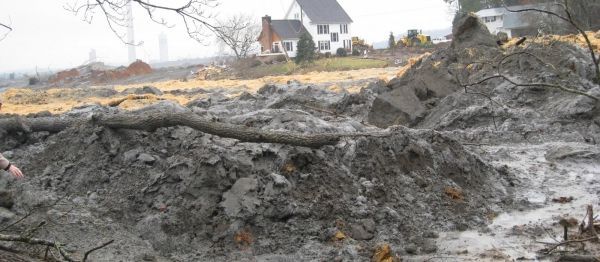But tracking the presence of coal ash in dust has been a challenge for scientists. Until now.
Researchers at Duke University and the University of North Carolina Chapel Hill have developed a new forensic tracer that uses lead isotopes to detect coal fly ash in dust and other solids, including soil and sediments. Fly ash is a fine particulate produced by burning pulverized coal.
Tests show that the tracer can distinguish between the chemical signature of lead that comes from coal ash and lead that comes from other major human or natural sources, including legacy contamination from leaded gasoline and lead paint.
“Lead adds to our forensic toolbox and gives us a powerful new method for tracking fly ash contamination in the environment,” said Avner Vengosh, professor of geochemistry and water quality at Duke’s Nicholas School of the Environment.
Continue reading at Duke University
Image via Duke University


